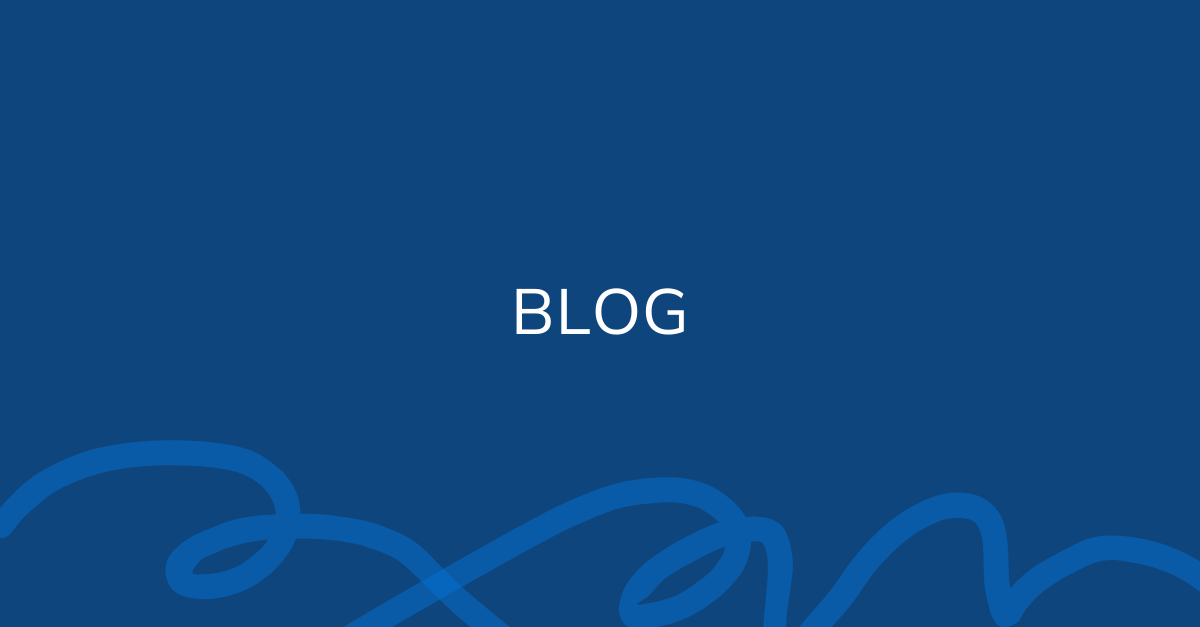
In recent years, Remote Therapeutic Monitoring (RTM) has emerged as a game-changer in healthcare, allowing providers to get reimbursed for tracking patient progress, adjusting care plans, and staying connected with patients — all from a distance. However, as promising as RTM is, there is still confusion surrounding how to effectively implement and see a return on investment of an RTM program, and many platforms are falling short of their full potential. The reason? They’re built on systems that aren’t designed to fit seamlessly into patients’ daily lives or collect actionable care insights.
Most RTM solutions today rely heavily on patient compliance and specific equipment. Platforms that focus on exercise adherence, wearable devices, or require self-recording demand a level of commitment and inconvenience that can be a barrier for many patients. Here’s why:
While there are some good solutions out there, most are missing a critical component – objective, real-world mobility data. Without insight into how a patient is moving during their daily activities, providers can’t really see the full picture and may miss important changes in patient status.
Imagine a world where you could see how your patient is walking when they’re at the grocery store, or on an uneven sidewalk on their way to the bus stop. What if you could use these insights to make more precise and proactive clinical decisions? To build an RTM program that truly reflects a patient’s health status, we need to go beyond exercise adherence and wearables. This is where smartphone-based gait analysis and remote monitoring becomes a game-changer.
Gait—the way a person walks—is more than just a movement pattern. It’s a critical biomarker for overall health, functional mobility, and fall risk. Monitoring gait through smartphones eliminates the need for wearables or specialized equipment, making it effortless for patients and incredibly powerful for providers.
Here’s why smartphone-based gait monitoring should be the foundation of a comprehensive and successful RTM program:
.png)
Traditional RTM methods—relying on exercise adherence, wearables, and cameras—are falling short of delivering the seamless, comprehensive insights that today’s healthcare demands.
Smartphone-based gait monitoring offers a natural, insightful, and proactive way to track patient health without requiring extra effort from patients. As we redefine what meaningful RTM looks like, it’s clear that leveraging the technology people already use daily isn’t just convenient—it’s revolutionary.
The future of RTM is powered by the smartphones patients already carry, one step at a time. To learn more, check out RTM with OneStep.